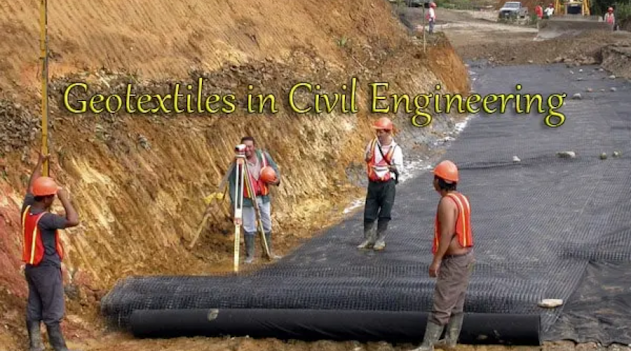Geotubes for Shoreline Protection: Harnessing Effective Erosion Control Solutions
.png)
As coastal areas face the constant erosion challenge, finding effective and sustainable solutions for shoreline protection is of utmost importance. Geotubes have emerged as a game-changing technology, offering efficient erosion control measures prioritizing environmental sustainability. This article delves into the world of geotubes and explores their applications, benefits, and effectiveness in preserving our coastlines. Understanding Geotubes: Innovative Shoreline Protection Geotubes, or geotextile tubes or containers, are large cylindrical structures made of high-strength permeable geotextile fabric. They are designed to act as barriers against wave action and tidal forces, providing an effective defense system for vulnerable coastal areas. Geotubes harness the power of nature and advanced engineering to offer unparalleled erosion control solutions. The Power of Geotubes for Shoreline Protection Geotubes have gained recognition for their remarkable capabilities in shorel...




.png)
